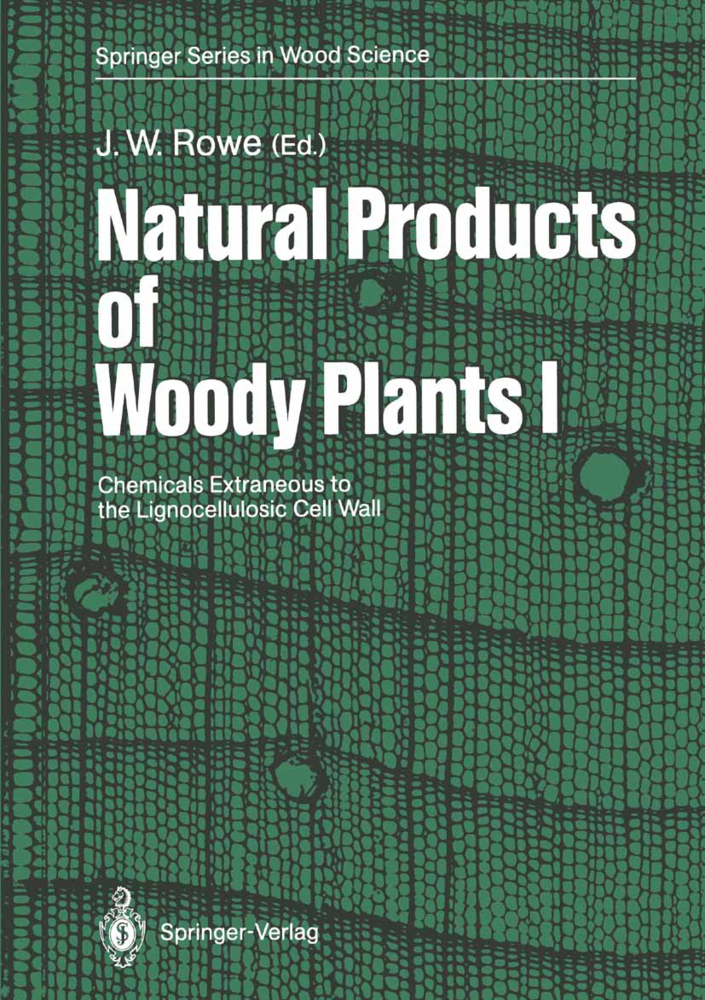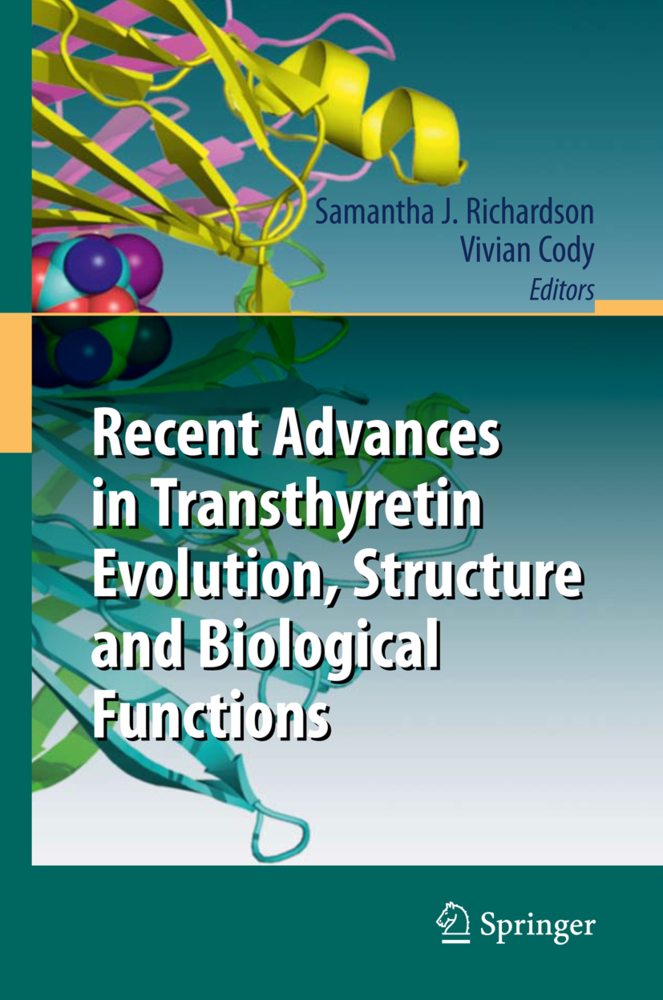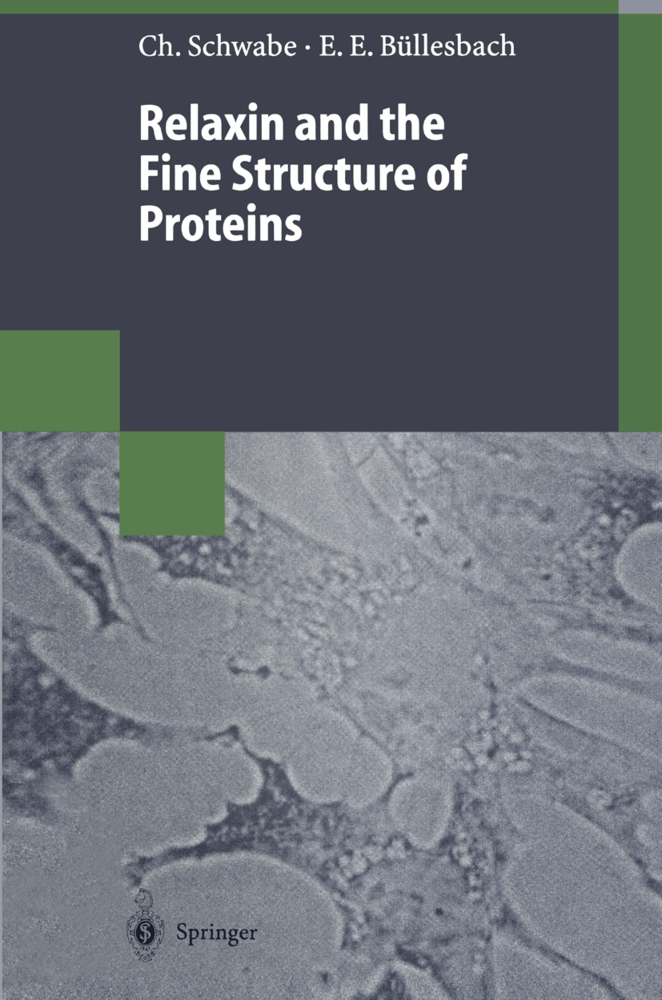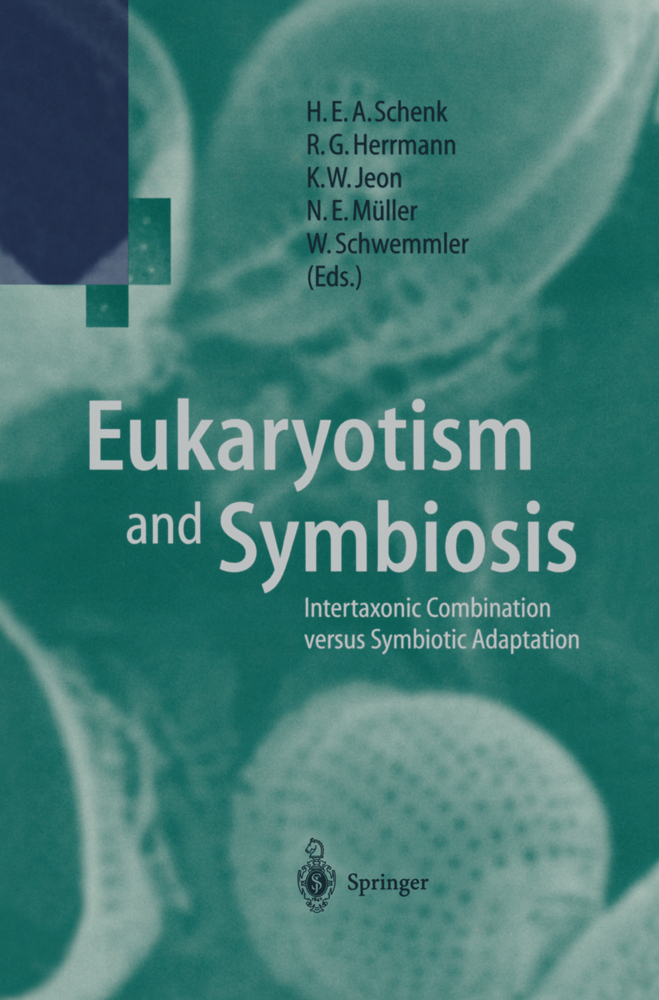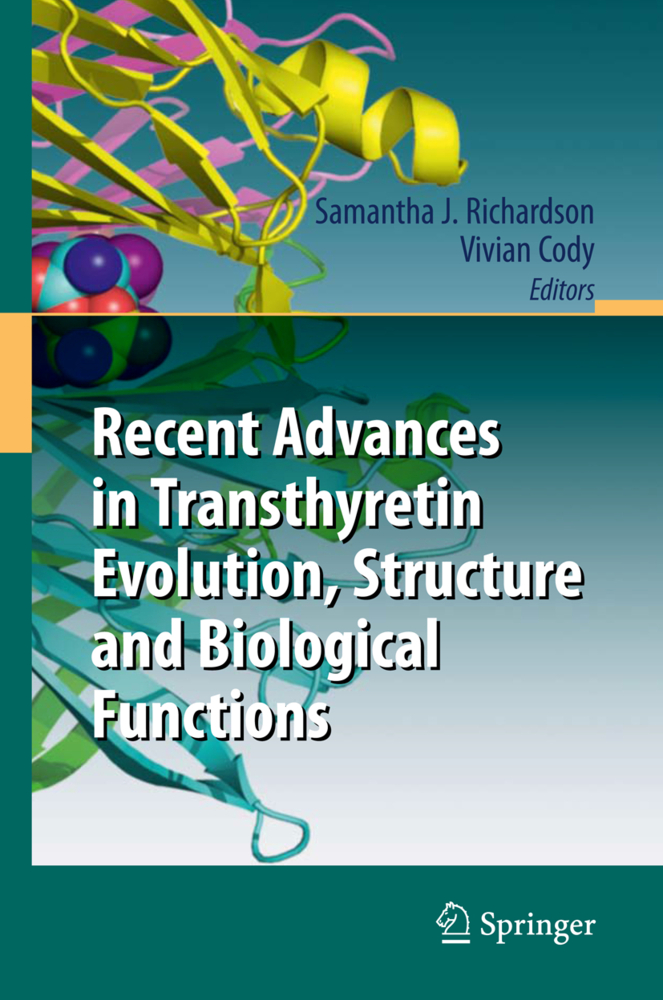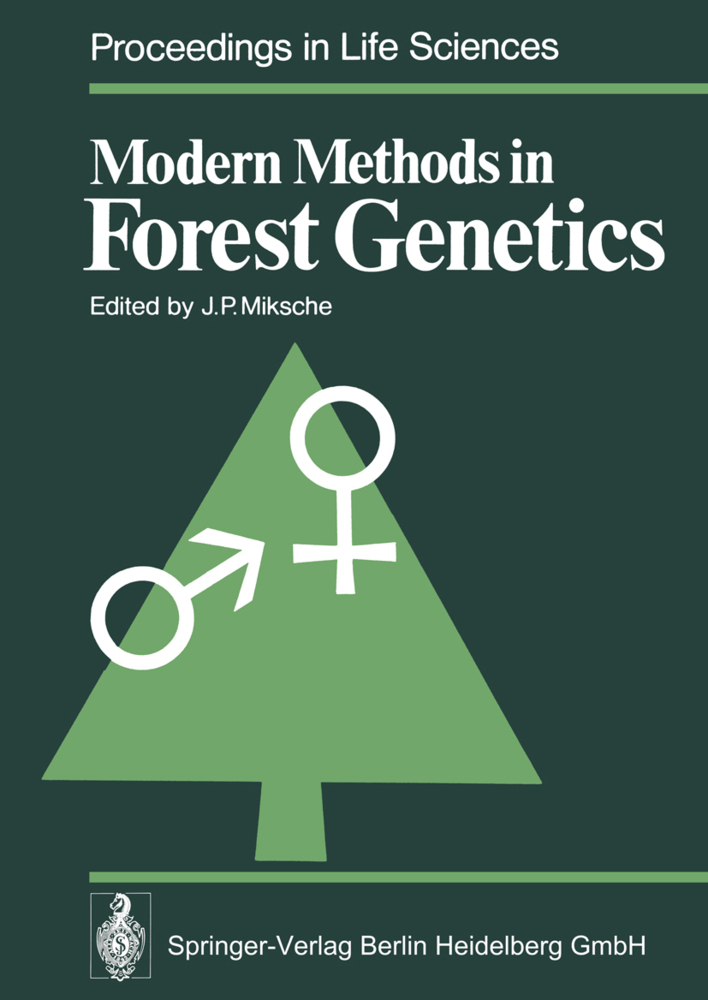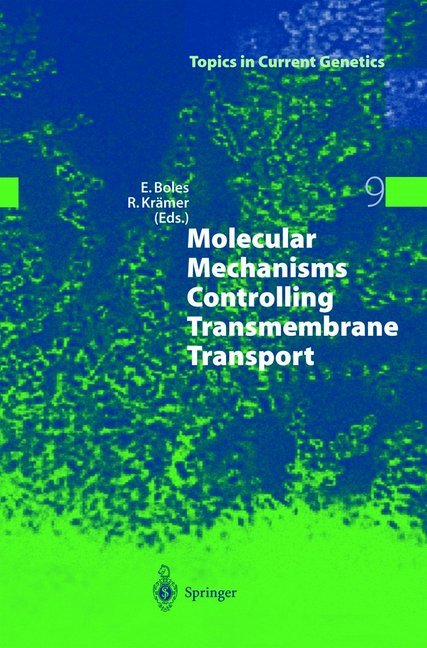Natural Products of Woody Plants, 2 Pts.
Chemicals Extraneous to the Lignocellulosic Cell Wall
Natural Products of Woody Plants, 2 Pts.
Chemicals Extraneous to the Lignocellulosic Cell Wall
Wood as found in trees and bushes was of primary importance to ancient humans in their struggle to control their environment. Subsequent evolution through the Bronze and Iron Ages up to our present technologically advanced society has hardly diminished the importance of wood. Today, its role as a source of paper products, furniture, building materials, and fuel is still of major significance. Wood consists of a mixture of polymers, often referred to as lignocellulose. The cellulose micro fibrils consist of an immensely strong, linear polymer of glucose. They are associated with smaller, more complex polymers composed of various sugars called hemicelluloses. These polysaccharides are embedded in an amorphous phenylpropane polymer, lignin, creating a remarkably strong com posite structure, the lignocellulosic cell wall. Wood also contains materials that are largely extraneous to this lignocellulosic cell wall. These extracellular substances can range from less than 1070 to about 35% of the dry weight of the wood, but the usual range is 2% -10%. Among these components are the mineral constituents, salts of calcium, potassium, sodium, and other metals, particularly those present in the soil where the tree is growing. Some of the extraneous components of wood are too insoluble to be ex tracted by inert solvents and remain to give extractive-free wood its color; very often these are high-molecular-weight polyphenolics.
1.2 Natural Products Chemistry - Past and Future
2 Fractionation and Proof of Structure of Natural Products
2.1 Introduction
2.2 Novel Techniques and Recent Developments in Fractionation and Isolation
2.3 Nuclear Magnetic Resonance Spectroscopy
2.4 Other Spectroscopic Techniques
2.5 General Conclusions
References
3 Evolution of Natural Products
3.1 Convergent Synthesis and the Origin of RNA-Based Life
3.2 Expansion of the Acetate, Mevalonate, and ?-Aminolevulinate Pathways in Bacteria and Algae
3.3 Expansion of the Shikimate Pathway in Terrestrial Plants
3.4 Phytochemistry and Plant Defense
3.5 Oxidation Levels of Angiospermous Micromolecules
3.6 Skeletal Specialization of Angiospermous Micromolecules
3.7 Quantification of Micromolecular Parameters
3.8 Phytochemical Gradients in Angiosperms
3.9 Future Perspectives
References
4 Carbohydrates
4.1 Introduction
4.2 Sucrose
4.3 Higher Oligosaccharides Related to Sucrose
4.4 Other Oligosaccharides
4.5 Monosaccharides
4.6 Alditols
4.7 Cyclitols
4.9 Starch
4.10 Extractable Polysaccharides
References
5 Nitrogenous Extractives
5.1 Amino Acids, Proteins, Enzymes, and Nuccleic Acids
5.2 The Alkaloids
6 Aliphatic and Alicyclic Extractives
6.1 Simple Organic Acids
6.2 Complex Aliphatic and Alicyclic Extractives
6.3 Fats and Fatty Acids
6.4 Chemistry, Biochemistry, and Function of Suberin and Associated Waxes
7 Benzenoid Extractives
7.1 Monoaryl Natural Products
7.2 Gallic Acid Derivatives and Hydrolyzable Tannins
7.3 Lignans
7.4 Stilbenes, Conioids, and Other Polyaryl Natural Products
7.5 Flavonoids
7.6 Biflavonoids and Proanthocyanidins
7.7 CondensedTannins
8 Isoprenoids
8.1 Terpenoids
8.2 Steroids
9 The Influence of Extractives on Wood Properties and Utilization
9.1 Contribution of Extractives to Wood Characteristics
9.2 Role of Wood Exudates and Extractives in Protecting Wood from Decay
9.3 Effect of Extractives on Pulping
9.4 Effect of Extractives on the Utilization of Wood
9.5 Health Hazards Associated with Extractives
10 The Utilization of Wood Extractives
10.1 Naval Stores
10.2 Gums
10.3 Significance of the Condensed Tannins
10.4 Rubber, Gutta, and Chicle
10.5 Other Extractives and Chemical Intermediates
10.6 Pharmacologically Active Metabolites
11 The Future of Wood Extractives
11.1 Introduction
11.2 Requirements for Future Wood Extractives Ventures
11.3 Prospects for Existing Extractives-Based Industries
11.4 Failed Wood Extractives Ventures
11.5 Future Directions for Industrially Oriented Extractives Research
11.6 Areas of Needed Basic Research
11.7 Conclusions
References
Index of Plant Genera and Species
Organic Compounds Index.
1 Introduction and Historical Background
1.1 Historical Uses of Extractives and Exudates1.2 Natural Products Chemistry - Past and Future
2 Fractionation and Proof of Structure of Natural Products
2.1 Introduction
2.2 Novel Techniques and Recent Developments in Fractionation and Isolation
2.3 Nuclear Magnetic Resonance Spectroscopy
2.4 Other Spectroscopic Techniques
2.5 General Conclusions
References
3 Evolution of Natural Products
3.1 Convergent Synthesis and the Origin of RNA-Based Life
3.2 Expansion of the Acetate, Mevalonate, and ?-Aminolevulinate Pathways in Bacteria and Algae
3.3 Expansion of the Shikimate Pathway in Terrestrial Plants
3.4 Phytochemistry and Plant Defense
3.5 Oxidation Levels of Angiospermous Micromolecules
3.6 Skeletal Specialization of Angiospermous Micromolecules
3.7 Quantification of Micromolecular Parameters
3.8 Phytochemical Gradients in Angiosperms
3.9 Future Perspectives
References
4 Carbohydrates
4.1 Introduction
4.2 Sucrose
4.3 Higher Oligosaccharides Related to Sucrose
4.4 Other Oligosaccharides
4.5 Monosaccharides
4.6 Alditols
4.7 Cyclitols
4.9 Starch
4.10 Extractable Polysaccharides
References
5 Nitrogenous Extractives
5.1 Amino Acids, Proteins, Enzymes, and Nuccleic Acids
5.2 The Alkaloids
6 Aliphatic and Alicyclic Extractives
6.1 Simple Organic Acids
6.2 Complex Aliphatic and Alicyclic Extractives
6.3 Fats and Fatty Acids
6.4 Chemistry, Biochemistry, and Function of Suberin and Associated Waxes
7 Benzenoid Extractives
7.1 Monoaryl Natural Products
7.2 Gallic Acid Derivatives and Hydrolyzable Tannins
7.3 Lignans
7.4 Stilbenes, Conioids, and Other Polyaryl Natural Products
7.5 Flavonoids
7.6 Biflavonoids and Proanthocyanidins
7.7 CondensedTannins
8 Isoprenoids
8.1 Terpenoids
8.2 Steroids
9 The Influence of Extractives on Wood Properties and Utilization
9.1 Contribution of Extractives to Wood Characteristics
9.2 Role of Wood Exudates and Extractives in Protecting Wood from Decay
9.3 Effect of Extractives on Pulping
9.4 Effect of Extractives on the Utilization of Wood
9.5 Health Hazards Associated with Extractives
10 The Utilization of Wood Extractives
10.1 Naval Stores
10.2 Gums
10.3 Significance of the Condensed Tannins
10.4 Rubber, Gutta, and Chicle
10.5 Other Extractives and Chemical Intermediates
10.6 Pharmacologically Active Metabolites
11 The Future of Wood Extractives
11.1 Introduction
11.2 Requirements for Future Wood Extractives Ventures
11.3 Prospects for Existing Extractives-Based Industries
11.4 Failed Wood Extractives Ventures
11.5 Future Directions for Industrially Oriented Extractives Research
11.6 Areas of Needed Basic Research
11.7 Conclusions
References
Index of Plant Genera and Species
Organic Compounds Index.
Rowe, John W.
| ISBN | 978-3-642-74077-0 |
|---|---|
| Artikelnummer | 9783642740770 |
| Medientyp | Buch |
| Auflage | 1989 |
| Copyrightjahr | 2013 |
| Verlag | Springer, Berlin |
| Umfang | LXII, 1243 Seiten |
| Abbildungen | LXII, 1243 p. 27 illus. In 2 volumes, not available separately. |
| Sprache | Englisch |

